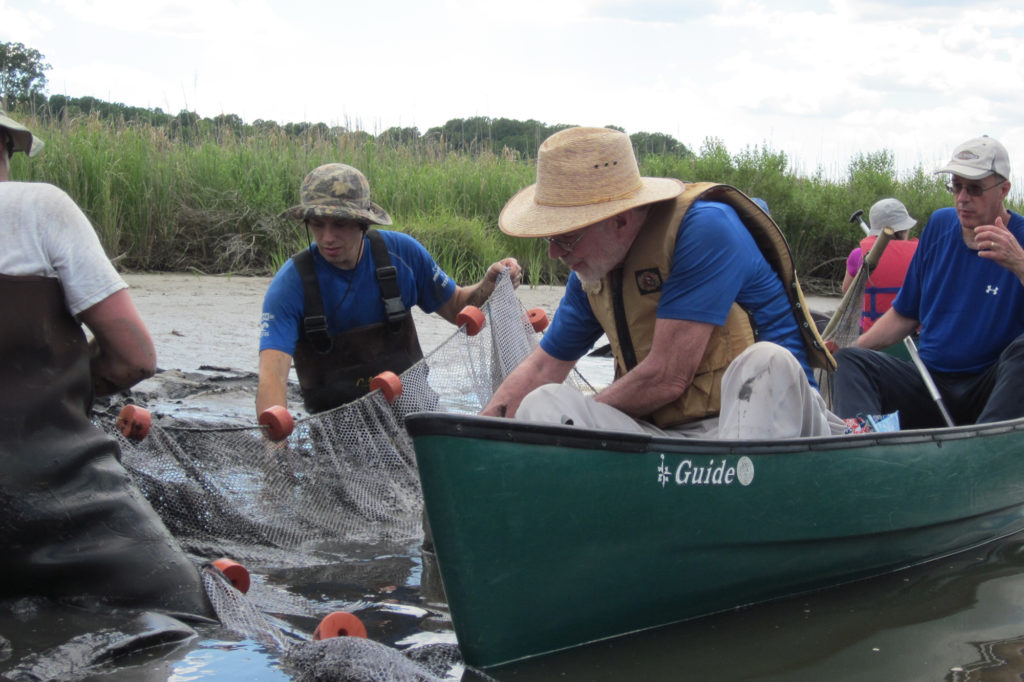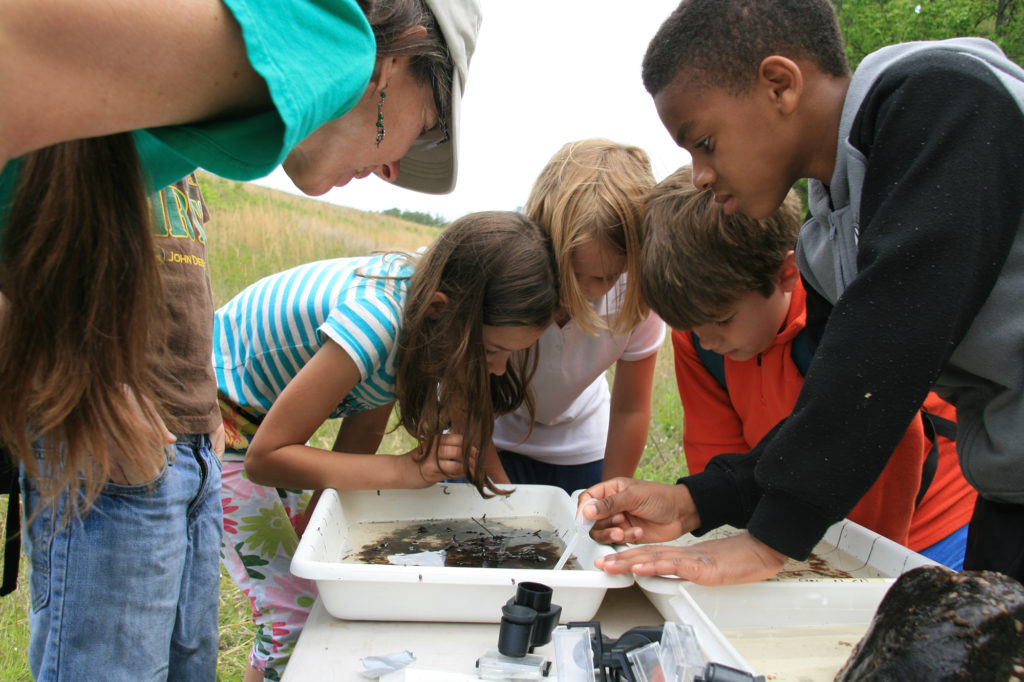
One of the oldest commercial fisheries in North America is getting a helping hand from employees of an electric cooperative, who donated more than $47,000 to environmental programs on the Chesapeake Bay.
Southern Maryland Electric Cooperative employees raised the money with the help of members, vendors and outdoor recreation enthusiasts who turned out for their two fundraisers held in 2017.
“Our employees support the organizations where they live and work,” said Richard Jarboe, SMECO supply chain director.
Employees of the Hughesville-based co-op gave nearly $12,000 to the Alice Ferguson Foundation to support nature and sustainable agriculture education projects at its facility in Maryland’s Prince George’s County.
One project SMECO employee donations helped make possible demonstrates net-zero building concepts, now used in facilities that produce as much energy as they consume.
“We installed solar power at our facility to demonstrate how it can reduce our impact on the natural world,” said Lori Arguelles, AFF president and CEO. “Nature is the best classroom.”
SMECO staffers also gave matching amounts to three other environmental groups involved in conservation and habitat projects in the four counties the co-op serves.
The money was part of $47,642 raised from an annual employee-sponsored golf tournament and SMECO 75, a popular cycling event that attracts riders from the Washington, D.C., area and throughout the mid-Atlantic region.
The sixth annual cycling event included routes of 29, 47 and 75 miles. Riders pedaled past historic sites from the colonial, Revolutionary and Civil War eras and natural areas known for migratory birds and other wildlife.
“Our employees not only make the annual SMECO 75 bike ride a successful fundraiser, but they make it entertaining and memorable for those who participate,” said Natalie Cotton, SMECO’s community and public affairs director.

Proceeds from the employee-sponsored SMECO Annual Charity Golf Outing held in September helped boost the money available to support causes and programs selected by the employees, many of which directly benefit the Chesapeake Bay.
“We’re helping residents get back to nature by maintaining miles and miles of trails for public access,” said Greg Bowen, executive director of the American Chestnut Land Trust, based in Calvert County, Md. “We’re working to ensure that the streams and creeks that flow to the bay remain healthy.”
Some of the money is being used to help sustain an industry that has supported Chesapeake Bay watermen since the colonial era. The St. Mary’s River Watershed Association is using its grant to restore and reseed oyster beds in and around the Chesapeake Bay.
“SMECO’s grant will allow us to expand our summer internship program, Future Bay Leaders, to more students,” said Bob Lewis, executive director of the St. Mary’s County-based project. “We have to work harder to keep our waterways clean enough for oysters, fish and wildlife to survive.”
Grants will also support environmental and wildlife education projects sponsored by the Port Tobacco River Conservancy in Maryland’s Charles County.
Derrill Holly is a staff writer at NRECA.